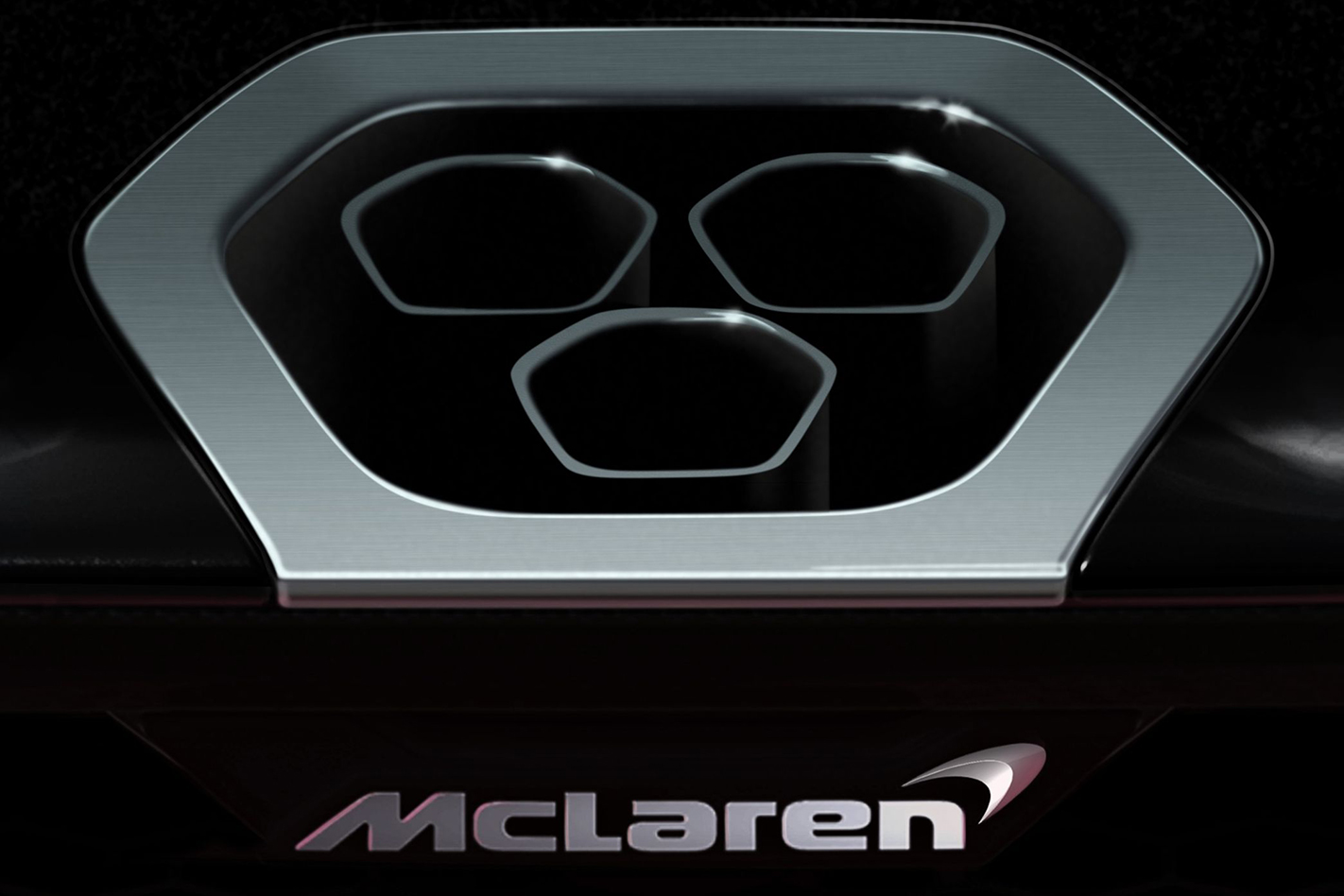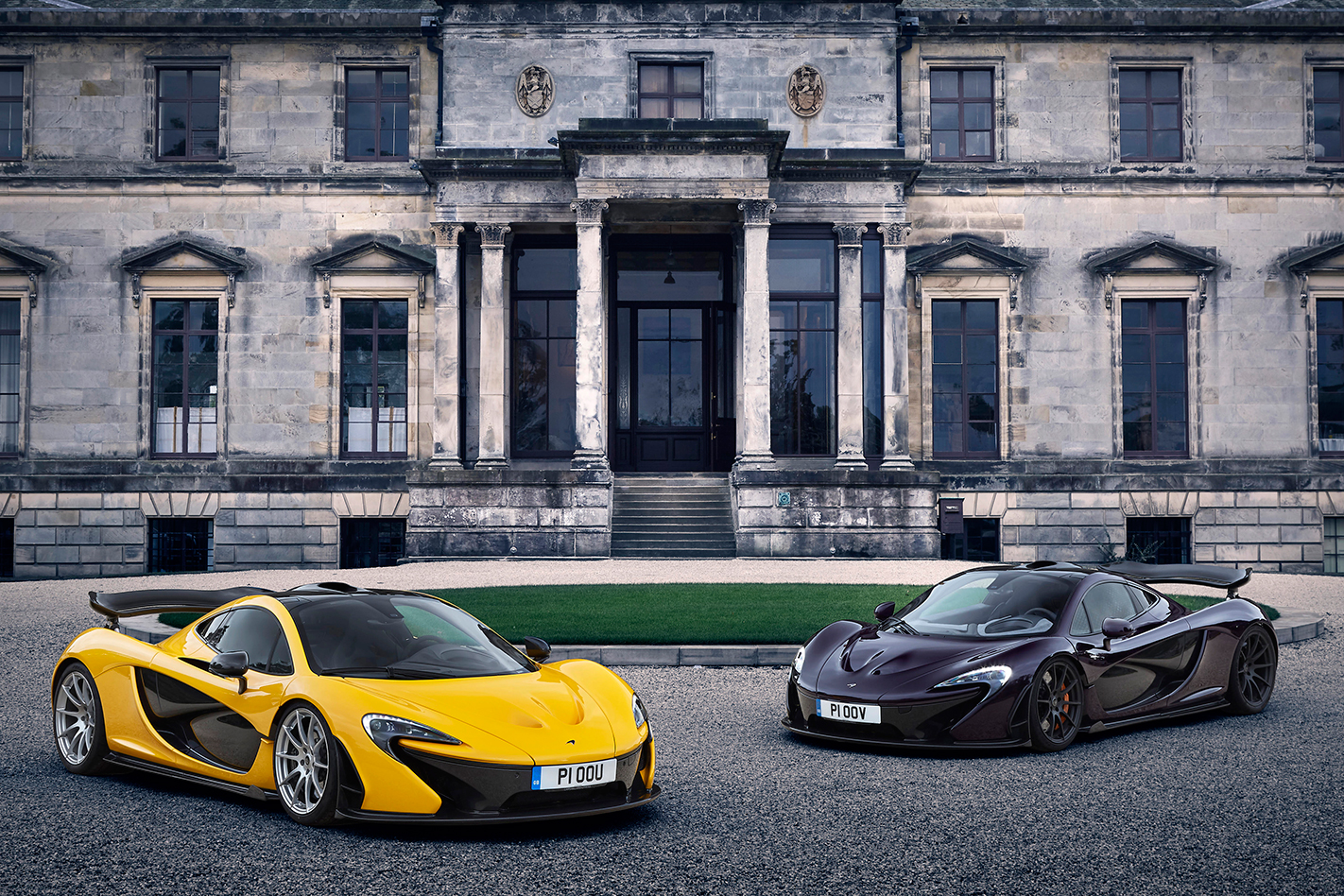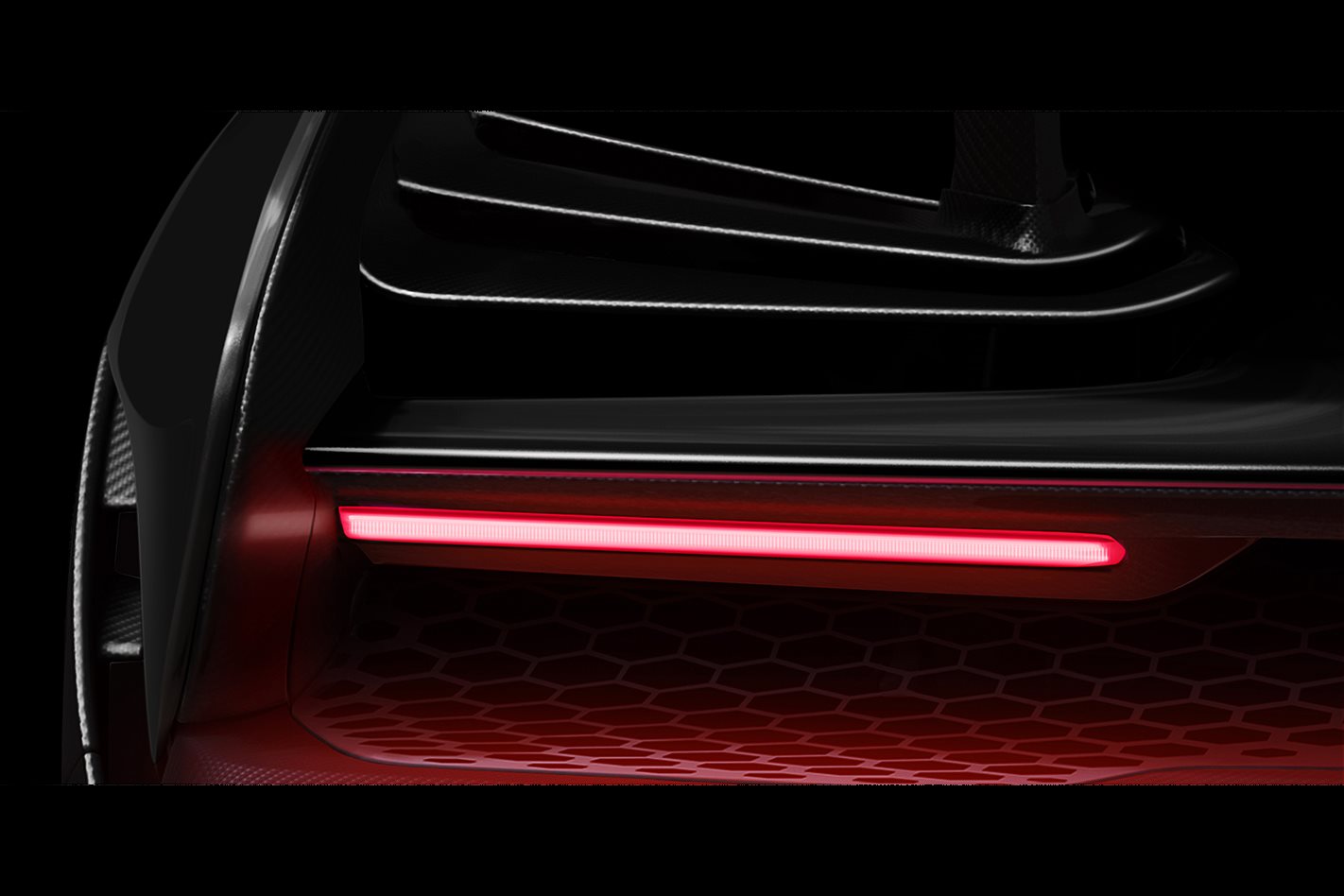THE next stage of the British sports car maker’s wild, almost bonkers Ultimate Series roll-out will be revealed next month, the company has confirmed.
The all-new sports car – dubbed the P15 until it receives its official name – won’t be a vehicle for the milk run, with McLaren saying straight up the car will sacrifice daily usability to give its owner “the most intensive driver experience around a circuit”, ranking as “the ultimate track-concentrated McLaren”. What that means is anyone’s guess.

It won’t end there, though, with McLaren revealing the new hyper-GT will be another Ultimate Series model codenamed the BP23 – a vehicle the British sports car maker claims will become the world’s first “hyper-GT”.
Just like the P1 revealed in 2013 that also spawned a more hardcore, track-honed GTS version, McLaren says the P15 and its hyper-GT will sell in strictly limited numbers – only 375 of the P1-badged twin-turbo 3.8-litre plug-in hybrid supercars were made.

However, the P15 is expected to use a more extreme form of the 3.8-litre V8 developed initially for the P1 – whether it also incorporates the F1-derived MGU-K kinetic energy recovery system, and the MGU-H that’s used to spin up the engine’s turbochargers at low revs to improve step-off performance.
Unlike the F1 engine, though, the P15’s power unit won’t wear a Honda badge.





